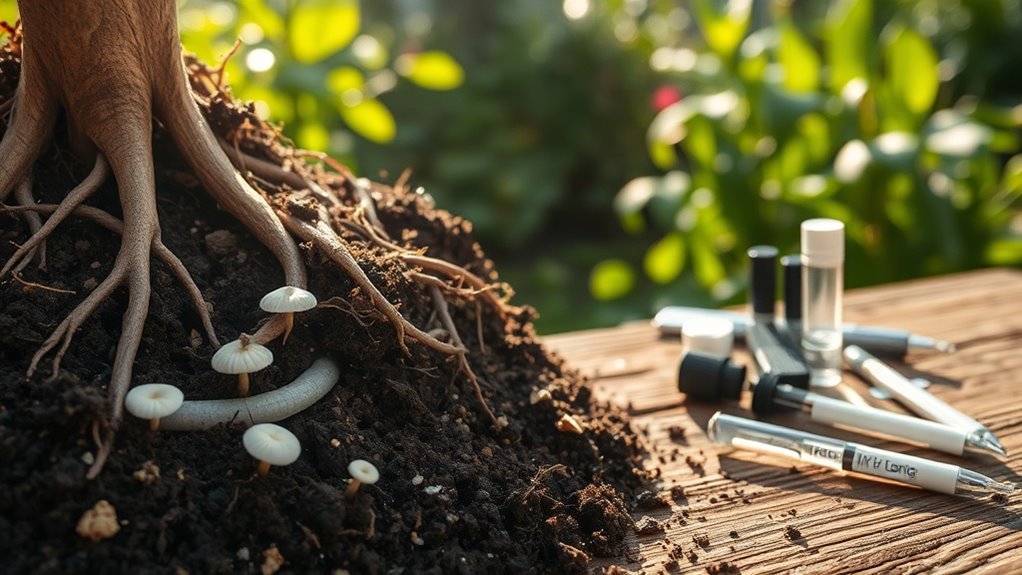Soil Secrets- How to Test Your Dirt the Easy Way
Testing your soil is like uncovering hidden treasures beneath the surface, crucial for nurturing healthy plants. By understanding soil pH and nutrient levels, you can transform your gardening approach. With simple tools at your disposal, you’ll be able to assess your soil’s health efficiently. But how do you interpret these tests effectively to enhance your garden’s vitality? Unraveling this process can lead to remarkable improvements in your yields.
Understanding Soil Ph and Its Importance
Understanding soil pH is crucial for optimizing plant health and crop yields. Accurate soil testing allows you to determine your soil’s acidity or alkalinity, which directly affects nutrient availability. A pH imbalance can hinder plant growth, leading to deficiencies or toxicities. Regular soil testing and nutrient assessment can help guide you in making the necessary amendments to enhance soil quality and promote healthier plants.
Simple Tools for Testing Soil Nutrients
To effectively assess soil nutrients, you’ll find a range of simple tools that can provide quick and reliable results.
Soil test kits are excellent for determining essential macronutrients and micronutrients. pH meters offer precise acidity measurements, while nutrient meters gauge available nutrients in real-time. Using these tools enables you to make informed decisions about soil amendments and crop management strategies effectively. Additionally, understanding soil preparation techniques can further enhance the overall health and growth of your plants.
Step-by-Step Guide to Testing Your Soil
Testing your soil involves a systematic approach that ensures accurate results and effective soil management. Follow these steps:
| Step | Action | Purpose |
|---|---|---|
| Collect Sample | Take multiple samples | Gain representative data |
| Prepare Soil | Air-dry and crush | Ensure uniformity |
| Apply Test | Use kits or lab services | Analyze nutrient levels |
| Record Data | Document results | Track changes over time |
A thorough understanding of essential soil preparation techniques is crucial for improving your soil’s quality and health.
Interpreting Your Soil Test Results for Better Gardening
After applying your soil test, interpreting the results is vital for effective gardening.
Focus on key parameters like pH, nutrient levels, and organic matter content. Compare these figures to optimal ranges for your plants.
Adjust your amendments accordingly; add lime for acidity, nitrogen for poor growth, or organic matter for structure.
Understanding these elements helps tailor your gardening efforts to achieve maximum yield and health. Additionally, enhancing soil health through regular soil amendments can significantly improve your garden’s productivity.

